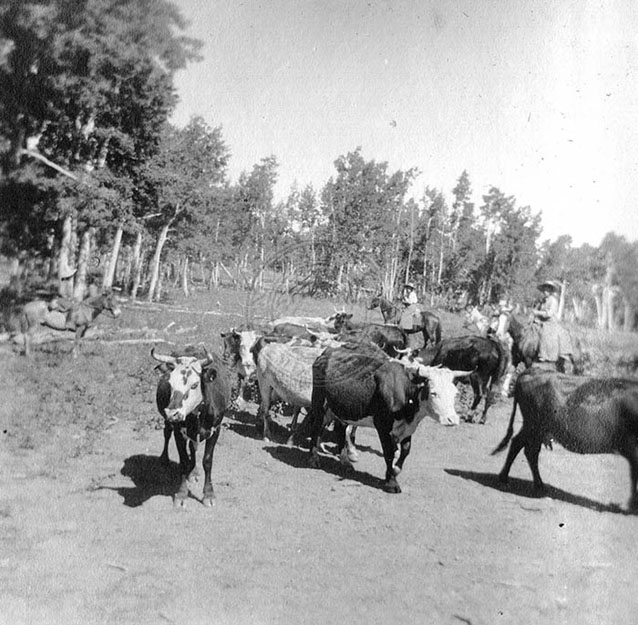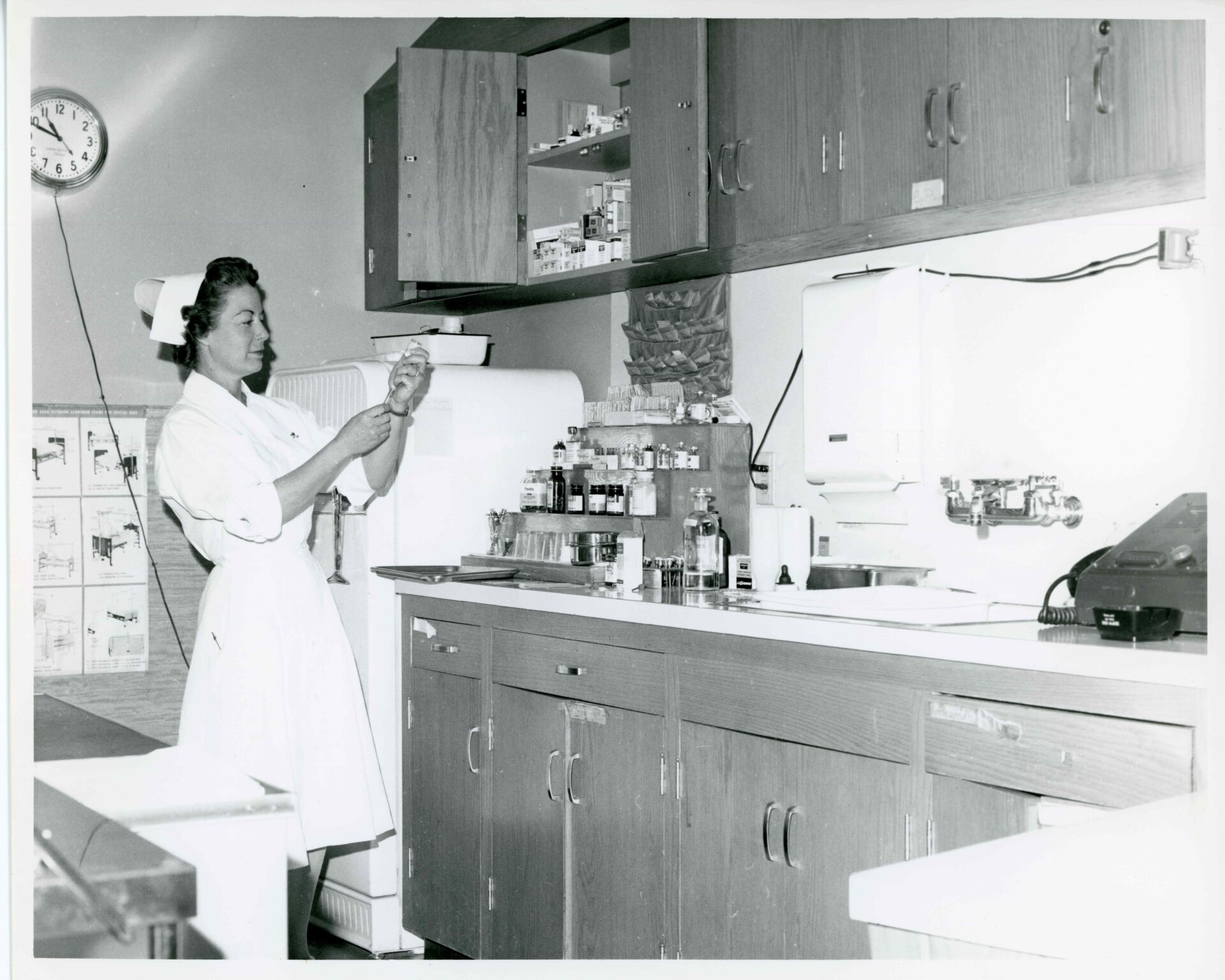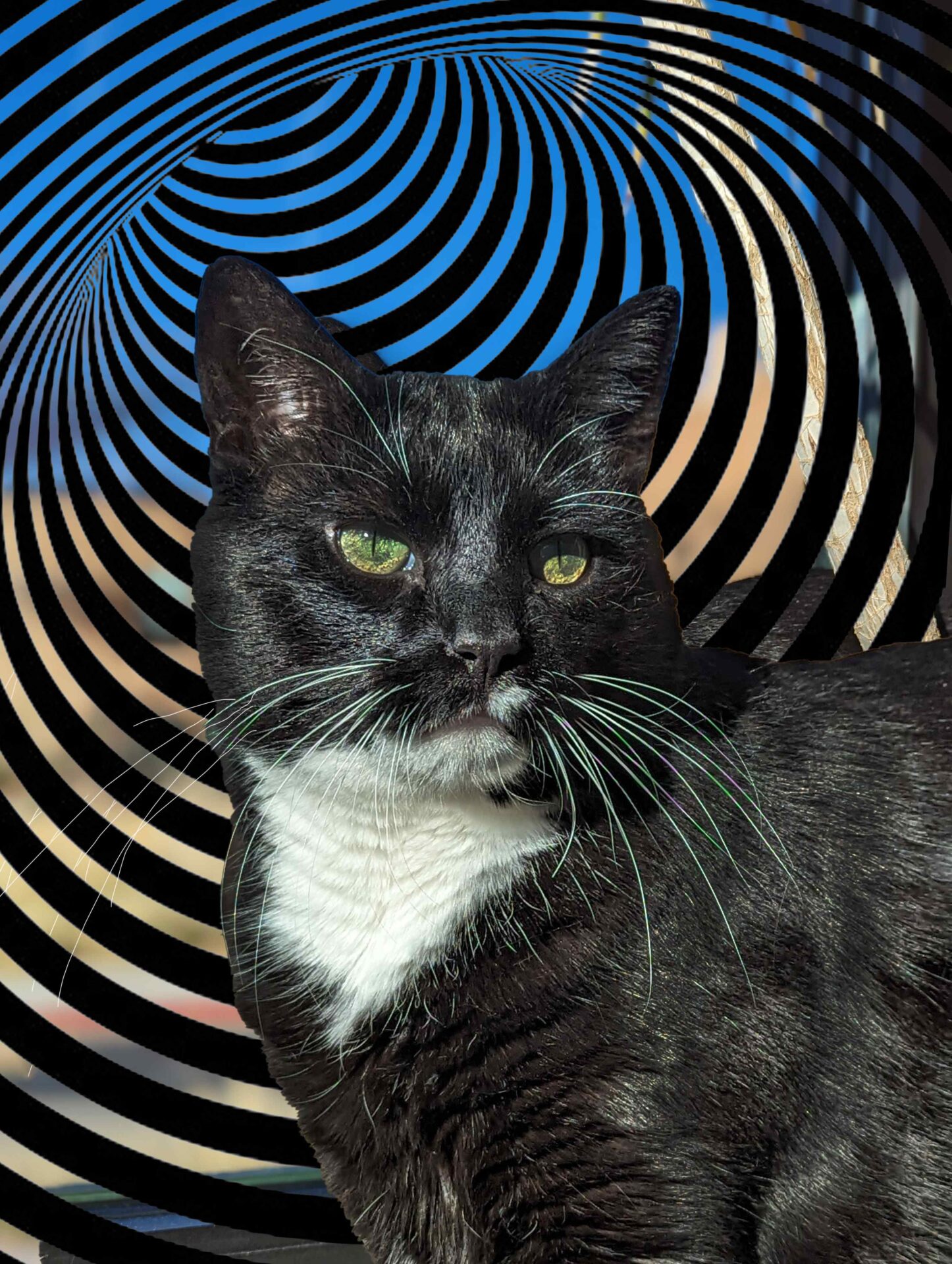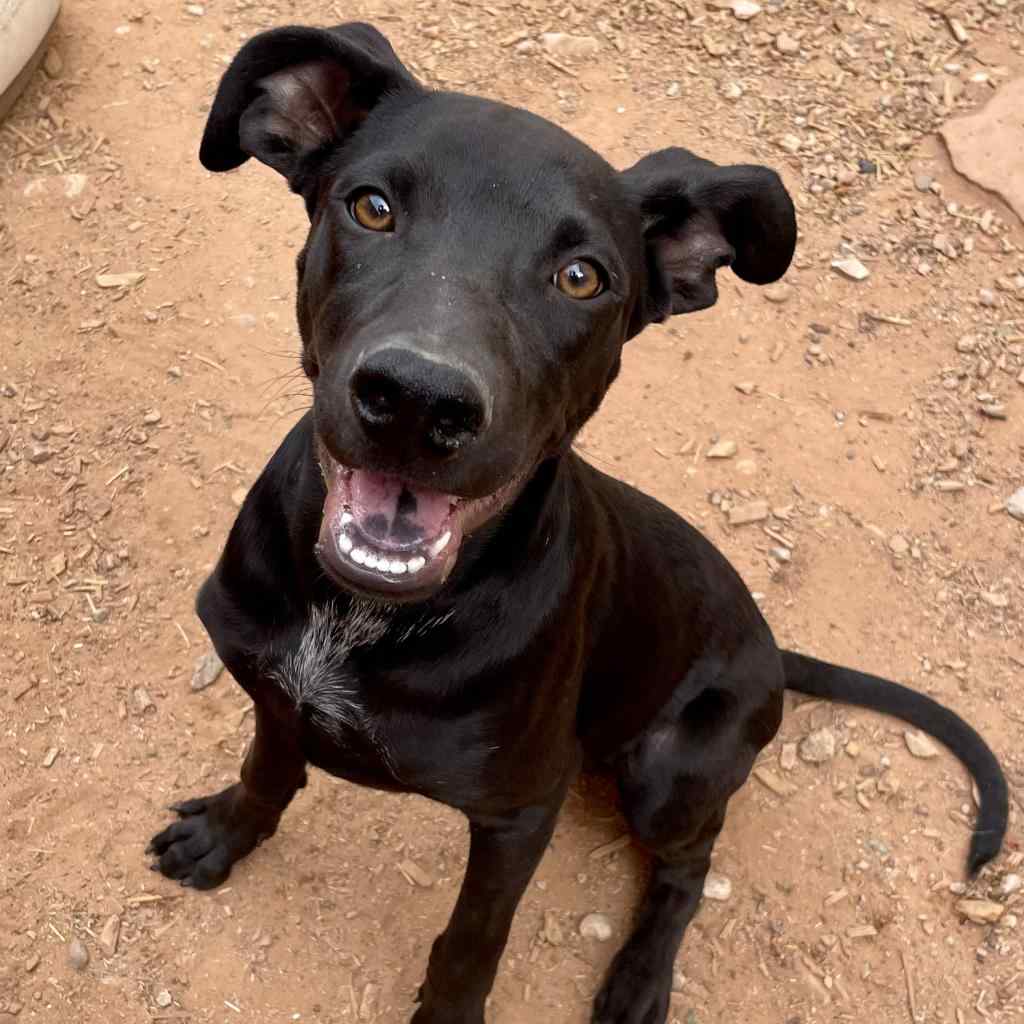Throughout Women’s History Month, the Moab Museum is digging into our collection to highlight stories of women, women’s movements, and the individuals who built economy and community in what became the city of Moab. This week, Museum staff is focusing on “the right to ride astride,” a movement founded in practicality and a rejection of misogynist cultural norms.
Riding horses sidesaddle was criticized during the women’s suffrage movement for prioritizing fashion over the safety, independence, and control of the female rider. While it is uncommon to find photos of women riding astride prior to 1930, when only sidesaddle was socially acceptable, women on the range were breaking down this particular social structure even before the 1913 Woman Suffrage Procession (the march on Washington D.C. that took place on March 3, 1913, in part for which we designate March as Women’s History Month).

From the wives and daughters of the Indian Creek Cattle Company (est. 1885) to the present, the women of this region are just as full of spirit and grit as their male counterparts. Gertrude “Gertie” Goudelock (1880-1933) was a partner to her husband David Lafayette Goudelock (1866-1952) as much on the range as in marriage—not only did she run the household at Moab’s old Darrow Hotel and raise their family, but she also saddled up alongside David to move livestock, cut cows, and brand hides. She also fulfilled duties as a civic leader in Moab. Gertrude instilled her many merits in her daughter Helen (1907-2003), who would inherit her mother’s ranch saddle and join her own husband, Lester Taylor (1905-1987), in raising their children and livestock. Helen also became a local civic leader and school superintendent.
The community of Moab can thank the men and women of the Indian Creek Cattle Co. for providing much of the city’s original infrastructure. Today, the surrounding range lands are still stewarded by the cowgirls of Canyonlands: conservationist Heidi Redd runs the Dugout Ranch in partnership with The Nature Conservancy and the Canyonlands Research Center; and local equine expert Kandace Peterson runs The Cowgirls Secret, an equine wellness retreat company which employs all women.

“Twenty years ago, a girl who rode astride was looked on as a creature with a shocking lack of modesty whose only reason for adopting this style must be a desire to ape masculine ways and make herself duly conspicuous.” –Ivy Maddison, 1923. This quote is included in the Museum’s “Spirit and Grit: Ranching in Canyonlands” exhibit on display at Dead Horse Point State Park. The exhibit highlights women who were involved as cowgirls on family ranches and who held board seats on land and cattle companies—the narrative of cowboys riding the range is so ingrained in us by historic filmmakers like John Ford that the idea of women as cattle hands, rather than as just token sideshows, may seem implausible. But while dime store novels and Hollywood Westerns omitted these tough-as-nails women from their stories, the truth is that women have always rode the range with the same grit as any cowboy.
You can learn more about these historic cowgirls by visiting the satellite exhibit at Dead Horse or by signing up for a walking tour at the Museum (more information on moabmuseum.org), which goes into depth on the many women and men who built the city of Moab.
The Moab Museum is dedicated to sharing stories of the natural and human history of the Moab area. This is part of a series highlighting photographs and stories of downtown Moab over time. To explore more of Moab’s stories and artifacts, find out about upcoming programs, and become a Member, visit www.moabmuseum.org.




